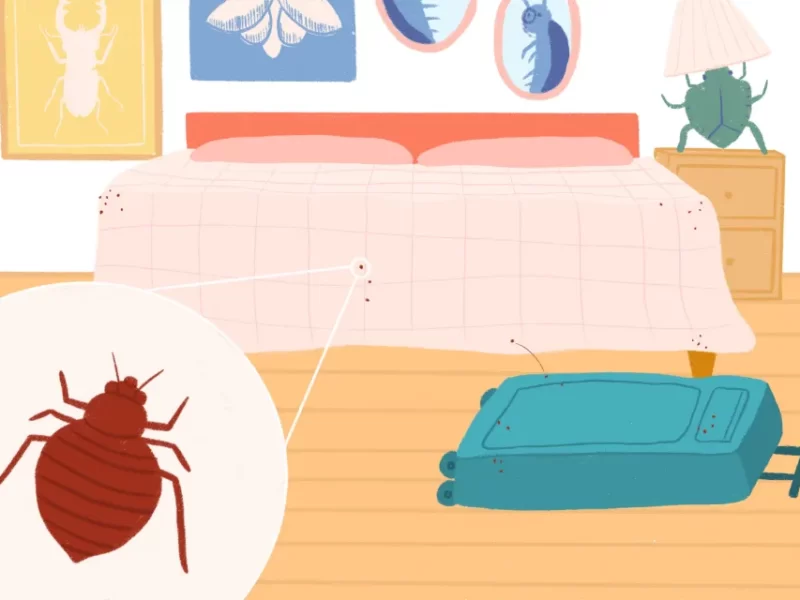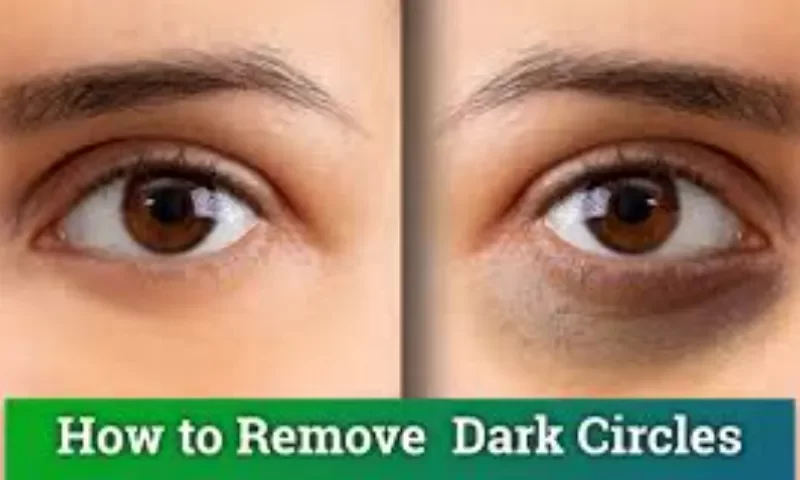Is shakiness in the elderly normal? In some cases, it comes with age, but it is usually the right thought to check. The most common motives of shakiness are associated with the body’s normal (physiologic) features and its disturbance by means of certain tablets and scientific problems. Other causes consist of pathologic dysfunctions of the brain and fearful system.
Enhanced Physiologic Tremor
Physiologic tremor is generally barely visible however can end up so in the aged under sure conditions, including:
- Anxiety, depression, fear, and other motives of stress such as elder abuse
- Sleep deprivation, fatigue, fever
- Certain medicines, drugs, and different scientific problems
These situations can enhance the underlying physiologic shaking. If the tremor is significant, therapy relies upon the cause.
Drug-Induced Tremors
As with younger people, drugs that affect the central nervous system can beget shakiness in the elderly or make a physiologic earthquake more visible. According to MedlinePlus, the medicines and other substances that can enhance physiologic temblors include
Prescription drugs, such as:
- Theophylline or albuterol( used to treat asthma)
- Epinephrine( a catecholamine)
- Corticosteroids,( used to treat a variety of medical disorders)
- Anticonvulsants, similar to Depakote, for seizure disorders
- Treatment for mood disorders, including lithium, antidepressants( for illustration, Zoloft or Prozac), and antipsychotic drugs
- Overuse, side effects, or withdrawal from certain medicines that depress the central nervous system, similar as benzodiazepines and opioids
- Abuse or pullout from alcohol use( the” shakes”} or nicotine
- Abuse, side effects, or withdrawal of caffeine or recreational medicines, such as cocaine and methamphetamines
Substance abuse or addiction can additionally cause a pathologic tremor via the everlasting negative outcomes on the central anxious system. The substances include alcohol, opioids, cocaine, and methamphetamines.
Systemic Disease-Induced Tremors
Systemic diseases that affect the brain or supplemental nervous system can beget insecurity or enhance physiologic tremors in the elderly. Based on the Merck Manual, Professional Version( expand the table,” Some Causes of Tremor” in section” Etiology”), health conditions include metabolic, hormonal, or poisonous disturbances such as:
- Liver or kidney disease
- Diabetes or low blood sugar (hypoglycemia)
- Low blood oxygen (anoxic encephalopathy)
- Symptomatic overactive thyroid gland (hyperthyroidism)
- Overactive parathyroid gland (hyperparathyroidism)
- Heavy metal poisonings such as mercury or lead
- The shakiness that occurs with movement can be complex and variable.
Treatment of the underlying medical problem can ameliorate the resulting shakiness. In addition, physical and rehabilitative therapy can also be helpful to optimize a senior’s daily function.

Essential Tremor
Essential tremor is the most common type of pathologic shaking, the Cleveland Clinic notes. It can do at any age, but it tends to affect those over 40, according to the Mayo Clinic. The cause of essential tremor is uncertain, but in some people, it might be due to an inheritable heritage passed down in their families, according to a report in Genetics in Medicine.
Some people might confuse essential tremors for Parkinson’s disease. Still, essential tremor is less limiting than Parkinson’s. In addition, both types of tremors have other distinguishing features.
Parkinson’s Disease
Parkinson’s disease is set up more consistently in people over 60 times of age. The insecurity is caused by the degeneration of the nerve cells in the brain. In turn, Parkinson’s cases experience a deterioration in muscle control and an overall reduction in life expectancy.
According to apda parkinson.org, 80 of Parkinson’s patients experience involuntary movements. With that said, Parkinson’s disease isn’t the most common reason why old people shake. In fact, it’s estimated that only about 1% of people over the age of 60 have Parkinson’s disease.
Unlike essential tremors, the insecurity of PD occurs when the affected body part is at rest instead of with movement( resting tremor). Typical PD movements that are different from essential tremors include:
- Pill-rolling-rolling of the thumb and forefinger together
- Holding the body stiff( severity) with a stooped posture
- Shuffling while walking( shuffling gait)
The slow, coarse tremor of Parkinson’s improves with movement so, unlike essential tremor, it doesn’t affect diurnal functions and conditioning. Many people with Parkinson’s will also have to shake with movement. In addition, occasionally essential tremors and PD can appear together, although the circumstance is rare.
Cerebellar Tremor
This shakiness happens at the end of a purposeful motion like an urgent button. Usually, the shakiness occurs due to harm to the Genius after a stroke or different fitness problems like a couple of scleroses or chronic alcoholism.
You can see a cerebellar tremor when the patient moves. It’s a so-called intention shakiness, meaning it appears at the end of a directed movement, similar to reaching to touch your nose or hold a cup. In addition, those affected are unfit to do rapid, alternating movements, similar as touching a finger to nose, or finger to finger, and have difficulty walking and keeping balance.
How To Deal With Shakiness In Old Age
Still, you should go to your healthcare provider for proper opinion and treatment, if you’re concerned about shakiness or you’re dealing with sudden shakiness. For more common movement disorders like essential tremors, there are revolutionary new curatives created to help make symptoms more manageable. Every person’s shakiness is unique. Cala Trio offers a noninvasive way to manage shakiness in the form of a wristband calibrated to the pattern of your shaking.
Cala Trio remedy has been cleared by the FDA and continued use, Cala Trio may help increase the quality of life.
The wristband works by transferring electrical signals to the brain where it disrupts the brain’s network responsible for the shakiness. Cala Trio’s clinical study showed that after one stimulation session, numerous cases endured a meaningful reduction in shakiness. 64 cases reported patient relief from their essential tremor for an average time of 94 minutes.
Although there isn’t a cure for essential tremors, there are numerous therapies and treatments you can use to manage symptoms and enjoy your golden times with lower worry.



